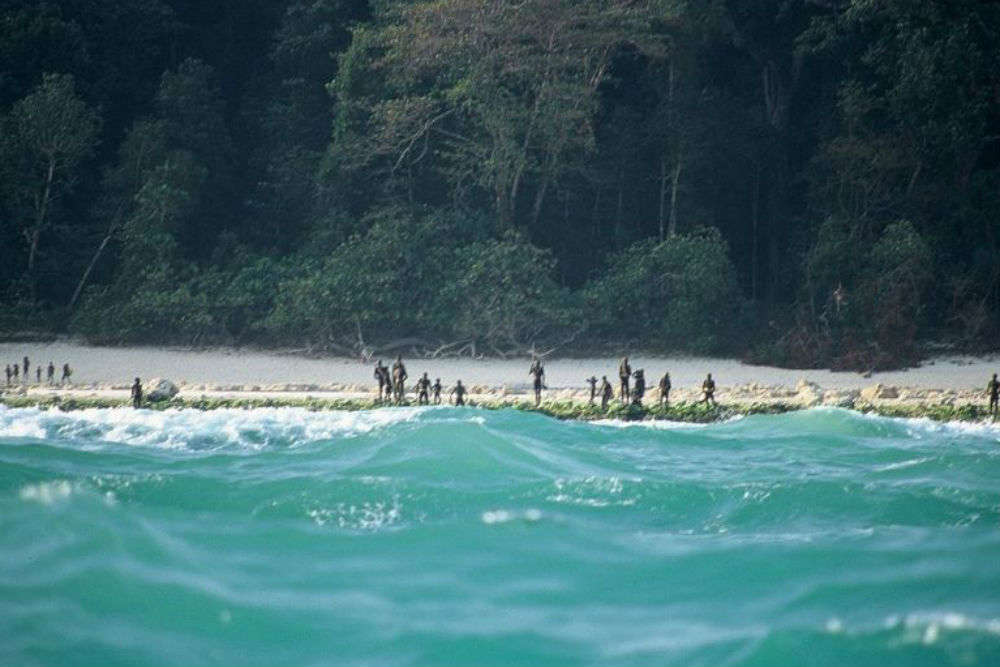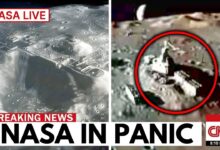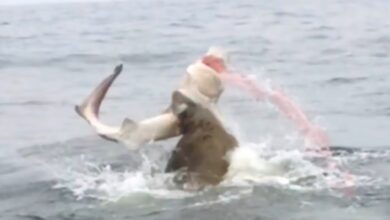These Are The Most Dangerous Places In The World
**Can you imagine a deserted island where hundreds of slippery bodies are crawling around? Fear sets in, your heart races as you see snakes everywhere, even on the trees. This is not a nightmare but the reality of one of the scariest places on the planet. Let’s explore the 15 most dangerous places in the world that you should stay away from.**
Bikini Atoll: Nuclear Legacy

**Bikini Atoll** initially seems like a paradise island with a warm climate and green palm trees. However, this is the site of US nuclear testing from 1946 to 1958. Locals were evacuated due to the risk of radiation. Two atomic bomb tests, Abel and Baker, caused serious disasters. The contamination still exists and many of the original residents have suffered from radiation-related illnesses. The US government paid their descendants $83 million for the damage.
North Sentinel Island: Home to a mysterious tribe
**North Sentinel Island** is home to the Sentinelese tribe, one of the most isolated tribes in the world. They refuse to have contact with outsiders and have attacked anyone who tries to approach them. In 2018, an American missionary was shot dead while trying to evangelize them. The Indian government has banned access to the island to protect both the tribe and others from disease.
### Cabong Volcano: The Return of the “Beast”
**Cabong Volcano** in Indonesia became active again in 2010 after 400 years of silence. Since then, it has erupted almost every year, forcing thousands of locals to evacuate. The eruptions have not only killed but also injured many people. With its destructive power, Cabong is one of the most dangerous volcanoes in the region.
Oymyakon: The Land of Cold

**Oymyakon**, a remote village in Siberia, is the coldest inhabited place on Earth. Temperatures can drop as low as -71.2°C. Life here is harsh with little food and water. Even outdoor activities are dangerous due to the extremely low temperatures.
Danakil Desert: A landscape of hell

**The Danakil Desert** in Ethiopia is one of the hottest places on Earth, with temperatures that can exceed 50°C. Known for its toxic geysers, this place poses a major health challenge for humans. In fact, staying there for even a short time can be harmful to your health.
**Temperature and Climate:**
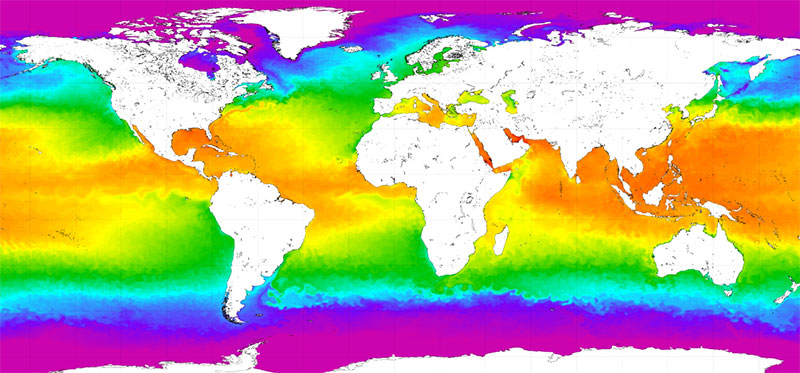
In a wonder of the world, the temperature is around 47.1°C (113°F) and the humidity is almost 100%, making it impossible to stay here for long periods without special clothing. Since 2017, the water pumping has stopped, allowing the crystals to start growing again. However, humans are still not allowed to enter the area.
—
**Death Valley:**
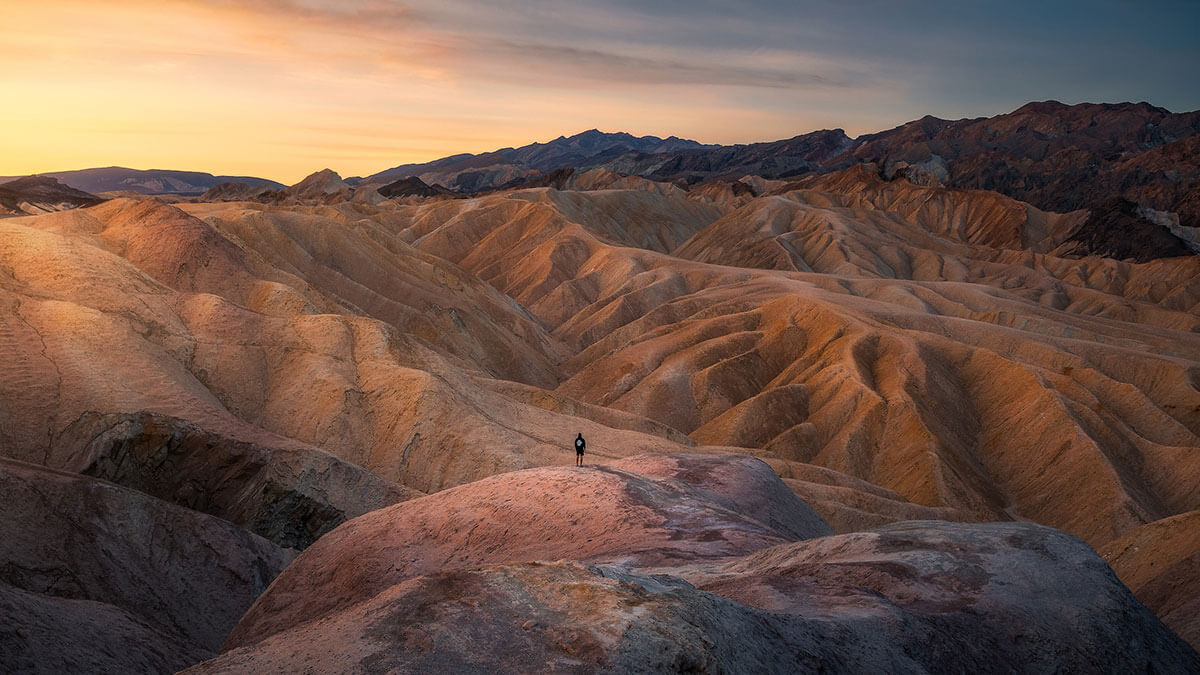
Next, we will go to Death Valley in Kamchatka, a small area at an altitude of 850 m (2,789 ft) at the foot of Kikpinage Mountain in the Kronotsky Nature Reserve. It is named Death Valley because many carcasses of animals such as bears, foxes, Stellar eagles, hyenas, rats, and rabbits have been discovered. The area often becomes a trap for small animals and birds. The food chain begins with small birds dying first, followed by foxes, and then larger predators such as bears.
The cause of their deaths is high concentrations of toxic gases such as hydrogen sulfide, carbon sulfide, and carbon dioxide. These gases form plumes from deep underground and kill animals in the area, especially in windless weather. When the snow melts in the spring, birds often forage in this area and become victims of the toxic gases.
—
**Risks to Humans:**
If a person inhales the toxic gases, they may feel pain, dizziness, and difficulty breathing. However, when they get to a well-ventilated area, they will recover quickly.
—
**Dangers from Volcanoes:**
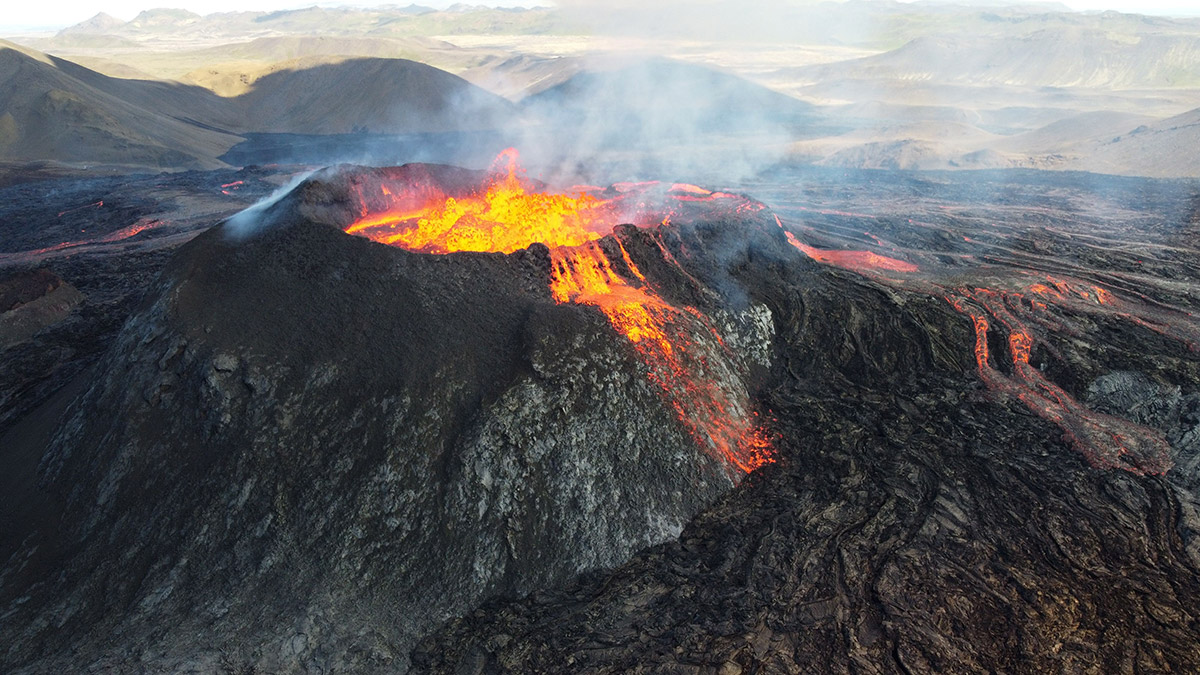
On the island of Java, Indonesia, there are many volcanoes where hot sulfur gases emanate from cracks, creating a distinctive blue flame. The temperature of this gas can reach 600°C (1,112°F) when exposed to air, creating a beautiful sight at night. In addition, the Kawa Ijen Acid Lake with an extremely low pH (only 0.5) is the largest acidic lake in the world, its water can damage teeth if exposed.
—
**Sulfur Mining:**

Locals mine sulfur from this area, a job that is very dangerous due to the toxic gas. Although it brings in a fairly high income (12-17 USD/day), many miners have died from inhaling toxic gas from cracks in the rock.
—
**Death Valley, California:**
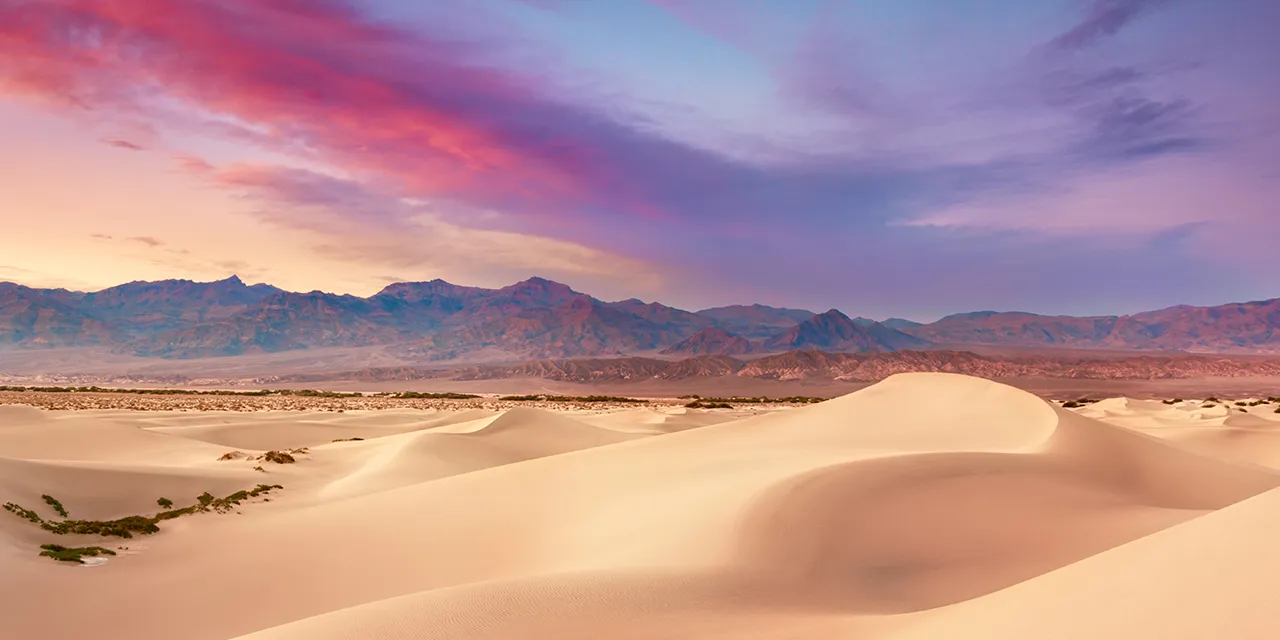
In the United States, Death Valley is one of the most dangerous places with the highest temperatures and the driest in North America. It receives less than 5 cm of rain per year, and the highest recorded temperature is 56.7°C (134°F). Many wild animals are also dangerous, including venomous snakes and spiders. Hantavirus is also a threat, spread by rats and their droppings.
—
**Fukushima Disaster:**
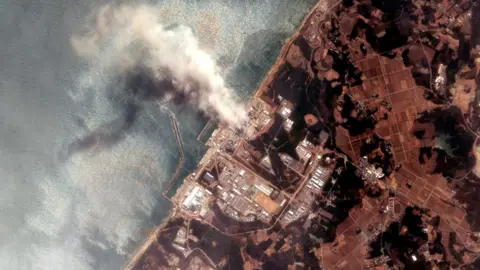
On March 11, 2011, a magnitude 9 earthquake struck Japan, leading to a nuclear disaster at the Fukushima Daiichi plant. The area remains contaminated with radiation. Radioactive wastewater from the plant was released into the ocean, but the Japanese government insists that seafood in the area is safe for human consumption.
—
**Fraser Island:**

Fraser Island, or Kagari, is a popular tourist destination in Australia with many potential dangers. Despite its beautiful landscape, it is home to many dangerous wildlife, including venomous snakes, jellyfish, and dingoes. Strong waves and currents are also a major threat.
—
**Dangers on Mount Everest:**
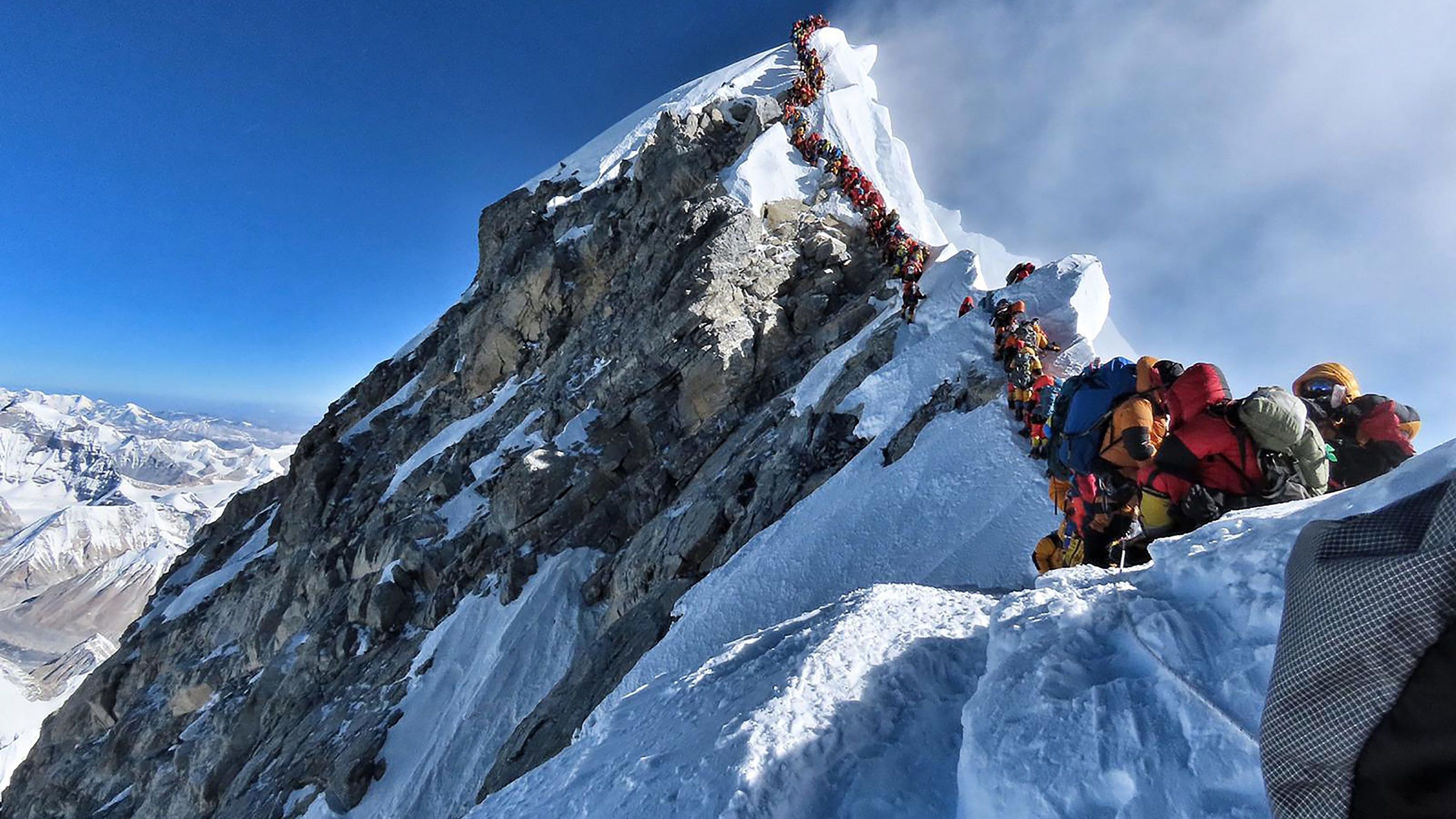
Finally, on Mount Everest, climbers face dangers such as avalanches, falls, and severe oxygen deprivation. Most deaths are due to accidents while climbing.
